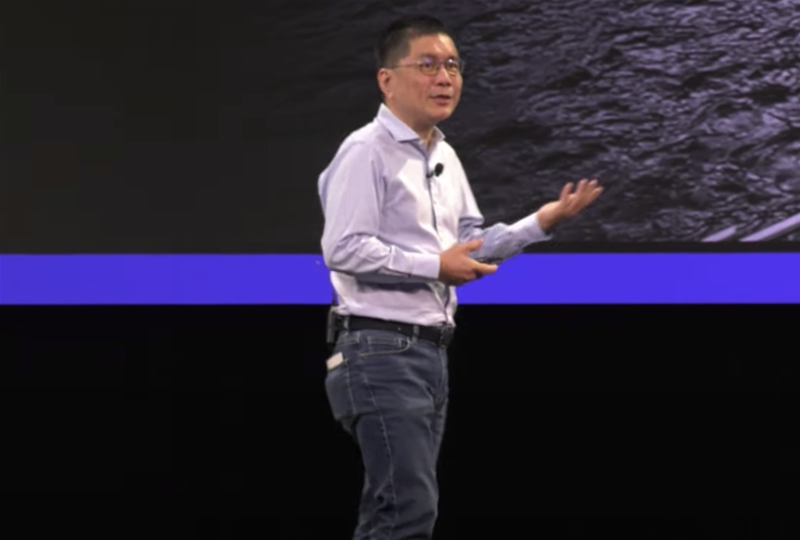The Singapore government is now anticipating that it will meet a whole-of-government target of 70 percent of eligible systems in a commercial cloud by the third quarter of 2023.
Government chief digital technology officer Chan Cheow Hoe told the AWS Summit Singapore that “close to 60 percent” of government workloads had been migrated so far.
“Our target of 70 percent will probably be achieved by the third quarter of next year,” Chan said.
The whole-of-government target was set in 2020 at a more expansive "2023", rather than for a specific quarter.
Chan’s AWS Summit keynote comprised a reflection on Singapore GovTech’s cloud journey, and some of the lessons it had learned along the way to maturity in the space - and specifically, to achieving its stated goals.
He said that “90 percent of the journey” to the cloud is in quantifying the risks of the transition and being able to both describe and mitigate those risks for executives, including in this case Singapore’s Prime Minister.
More internal capabilities
Chan also said it was clear early on that GovTech would need internal engineering capabilities to succeed.
While cloud marketing often promised to abstract away complexity from customer environments, Chan said there needed to be more internal resources, not less, to understand the abstraction and to be able to troubleshoot if anything goes wrong with it.
“You need a bunch of people to be able to understand the abstraction and build around it, and that's the reason why from day one we built a very strong cloud engineering team within GovTech,” he said.
Chan said that GovTech had also dealt with a balancing act of becoming too aligned with certain cloud ecosystems versus maintaining some workload portability.
Containerisation, he said, did not assist with creating workload portability between different clouds, because there were usually cloud-specific dependencies in the backend that made portability difficult.
“Don't believe people who will tell you, ‘Oh I containerise [the application]. Life is good, I can just shift the container to another cloud provider'. It doesn't work. It will break,” he said.
“Why does it break? Because ultimately you're using a lot of services native to a particular cloud provider.”
Chan said the “balancing act” between becoming too natively aligned with a particular cloud ecosystem and remaining agnostic was more art than science. He did not say how GovTech had solved it.
Sovereign cloud
Chan also briefly touched on the rise of the sovereign cloud concept, which is being discussed by governments across Asia Pacific, often with reference to national security and data residency concerns.
He said that GovTech had specifically chosen not to go down that path because it wanted to tap into the benefits of the “commercial cloud”.
As the sovereign cloud implied being walled off from the broader ecosystem, this may have limited the benefits of cloud migration.
“When you shut everything off, you lose the ecosystem straight away,” Chan said. “I think that's one of the things that we’ve got to be very clear about.”
Chan said that, with time, alternative structures to sovereign clouds were likely to materialise that could address the same challenges.
“Most of the problems we are dealing with today, probably we can solve it going forward,” he said.
“I'm hopeful, I'm optimistic that it will happen, [that] many of these challenges we have about confidentiality and sovereignty etc, many of the new technologies … will be able to help us solve these things going forward.”









